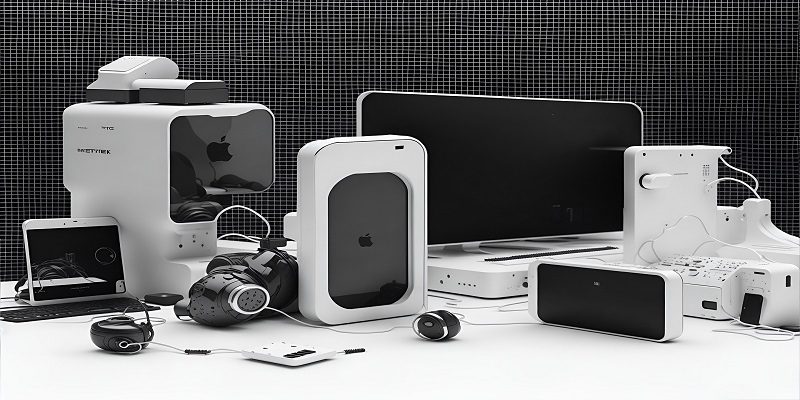Technology plays a pivotal role in shaping the way children learn. With the increasing demand for interactive and engaging educational tools, tech gadgets have become indispensable in classrooms and homes alike. From fostering creativity to enhancing critical thinking skills, these innovative devices are revolutionizing the way kids approach learning. Let’s explore the top 10 tech gadgets that are making waves in the realm of interactive education.
Interactive Whiteboards
Interactive whiteboards have transformed traditional classrooms into dynamic learning environments. These interactive displays allow educators to deliver engaging lessons by incorporating multimedia content, interactive games, and collaborative activities. Moreover, with touch-screen capabilities and intuitive software, students can actively participate in lessons, fostering better retention and understanding of concepts.
Educational Tablets
Educational tablets offer a wealth of resources at children’s fingertips. Loaded with educational apps, e-books, and interactive games, these devices make learning fun and accessible. With features like parental controls and adaptive learning programs, educational tablets cater to individual learning needs, ensuring personalized learning experiences for every child.
Coding Kits
Coding kits are empowering children to become creators of technology rather than just consumers. These kits introduce kids to the fundamentals of programming through hands-on activities and projects. By building and coding their own robots, games, and apps, children develop essential problem-solving skills and computational thinking abilities.
Augmented Reality (AR) Devices
Augmented reality devices bridge the gap between the physical and digital worlds, offering immersive learning experiences. By overlaying digital content onto the real world, AR devices bring educational concepts to life in captivating ways. In addition, from exploring virtual simulations to dissecting virtual specimens, AR technology enriches learning across various subjects.
3D Printers
3D printers are revolutionizing education by enabling students to bring their ideas to life in three dimensions. These versatile devices allow children to design and prototype objects, promoting creativity and innovation. Additionally, whether creating models for science projects or engineering prototypes, 3D printers empower students to explore complex concepts in a tangible way.
Interactive Projectors
Interactive projectors transform any surface into an interactive learning space. By projecting educational content onto walls or whiteboards, these devices encourage collaborative learning and active participation. Furthermore, with touch and gesture recognition capabilities, interactive projectors make lessons engaging and interactive, fostering meaningful learning experiences.
Robotics Kits
Robotics kits offer hands-on learning opportunities that combine science, technology, engineering, and mathematics (STEM) concepts. By building and programming robots, children develop critical thinking skills and logical reasoning abilities. Additionally, robotics kits encourage experimentation and problem-solving as students design, test, and refine their robotic creations.
Language Learning Apps
Language learning apps make mastering a new language fun and interactive. With features like interactive lessons, quizzes, and pronunciation guides, these apps cater to different learning styles and skill levels. Thus, whether learning vocabulary through games or practicing conversational skills with virtual tutors, language learning apps provide immersive language learning experiences.
Virtual Reality (VR) Headsets
Virtual reality headsets transport students to virtual worlds where they can explore historical landmarks, dive into the depths of the ocean, or embark on interactive learning adventures. Ultimately, by providing immersive experiences, VR technology engages students’ senses and stimulates curiosity. From virtual field trips to interactive simulations, VR headsets offer limitless educational possibilities.
Smart Pens
Smart pens digitize handwritten notes and drawings, making them accessible across digital platforms. Additionally, with features like handwriting recognition and audio recording, smart pens enhance note-taking and comprehension. Students can annotate digital documents, organize their notes, and easily share their work with peers and educators, facilitating collaborative learning.
Conclusion
As technology continues to evolve, so does its impact on education. The top 10 tech gadgets mentioned above are just a glimpse into the myriad ways technology is transforming the learning landscape for children. From fostering creativity and critical thinking to promoting collaboration and personalized learning, these innovative devices are empowering the next generation of learners to thrive in a digital world. Furthermore, embracing interactive learning tools not only enhances academic performance but also cultivates essential 21st-century skills that are crucial for success in the modern world.



































